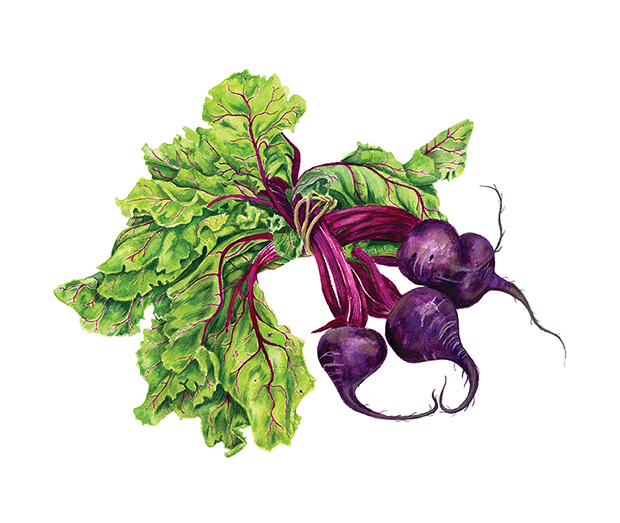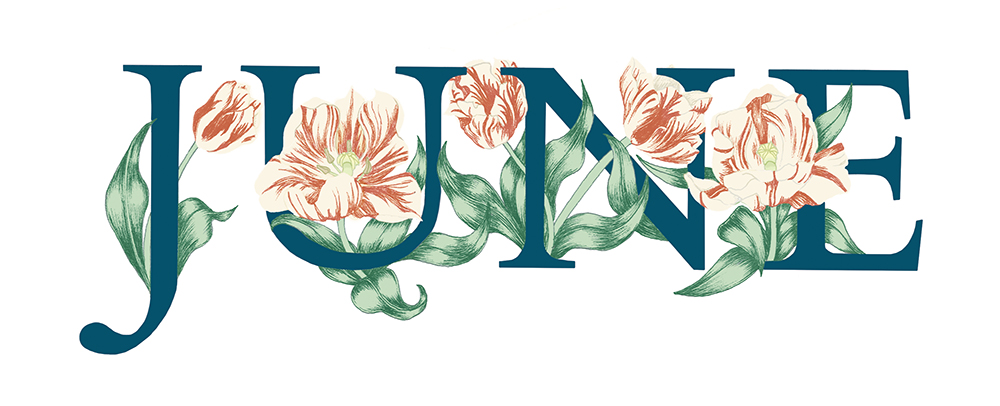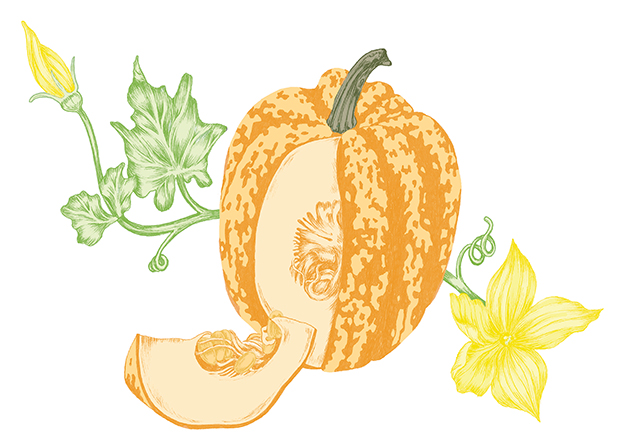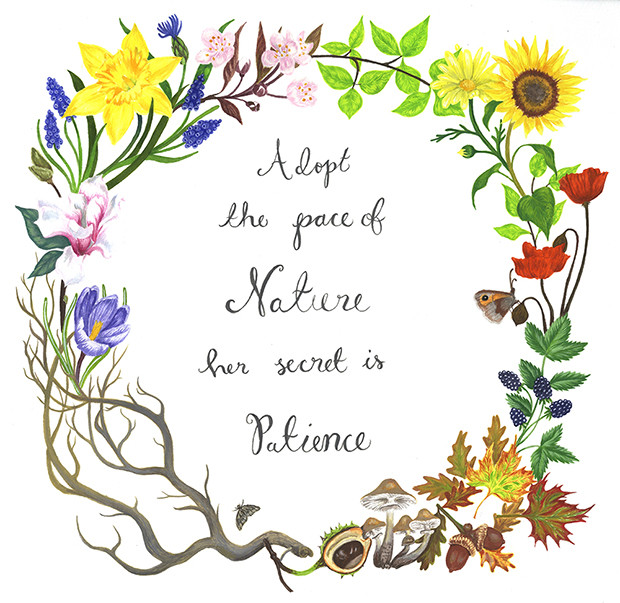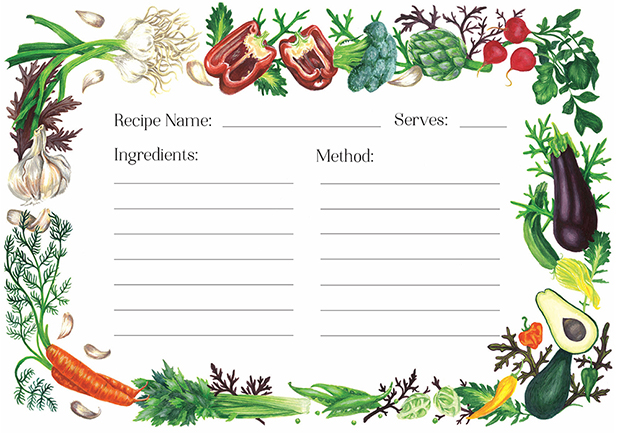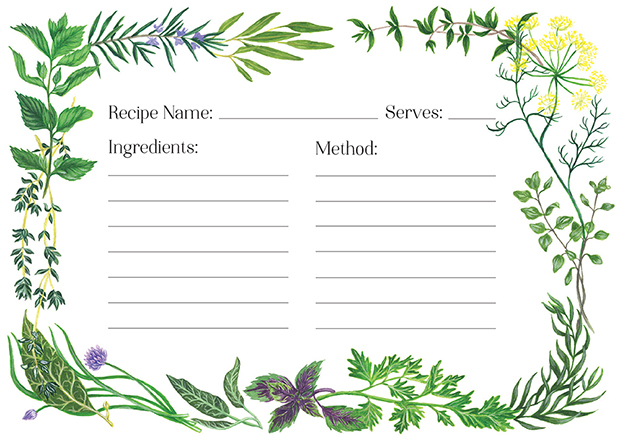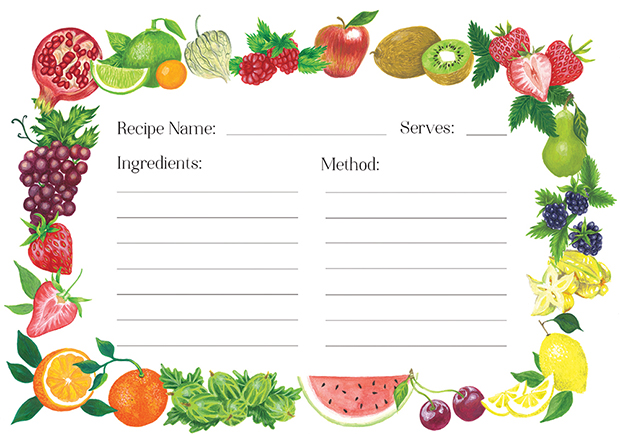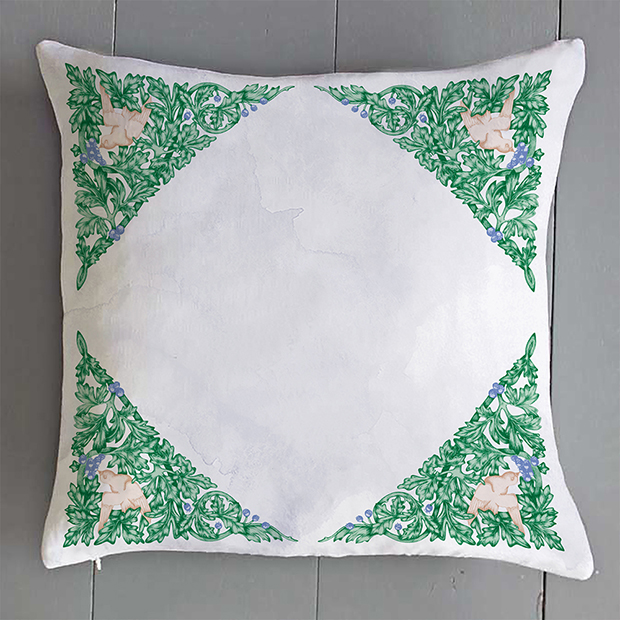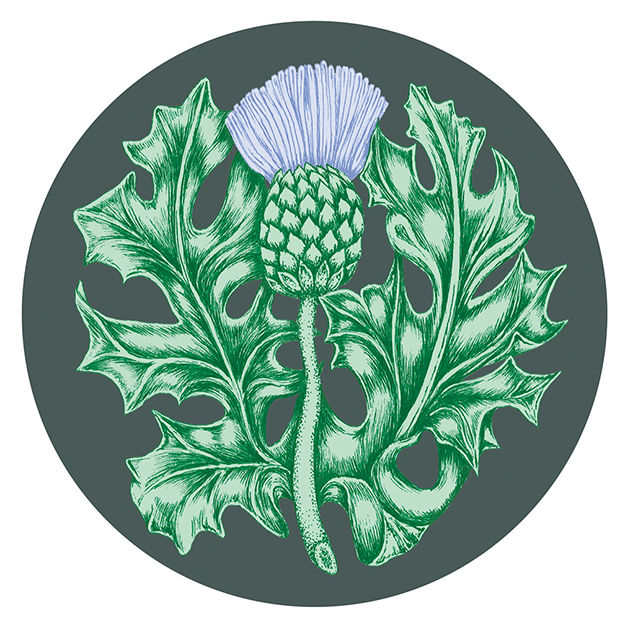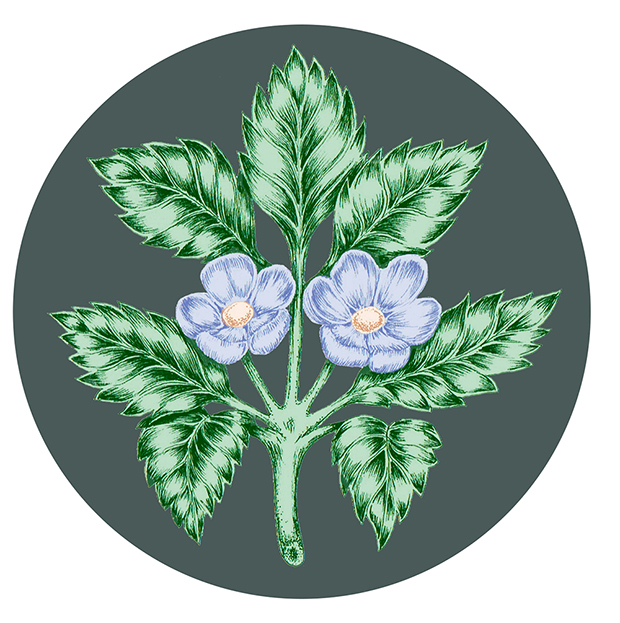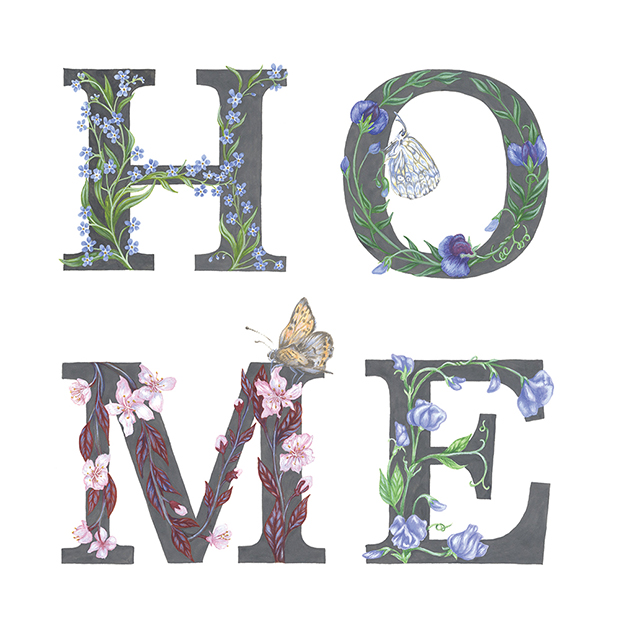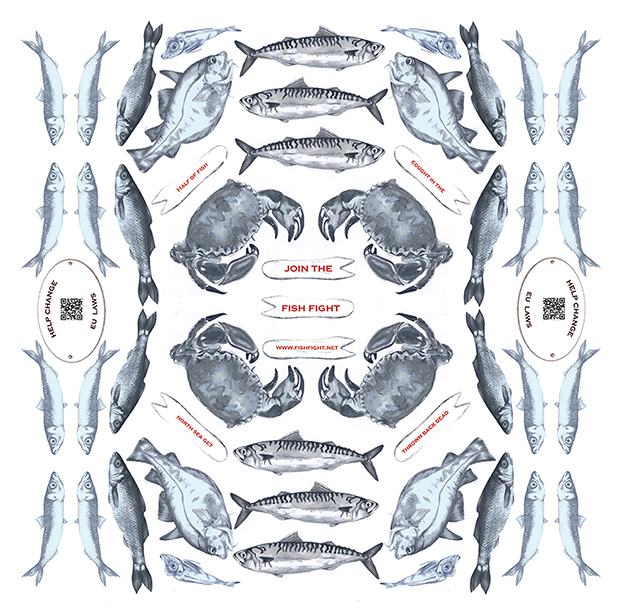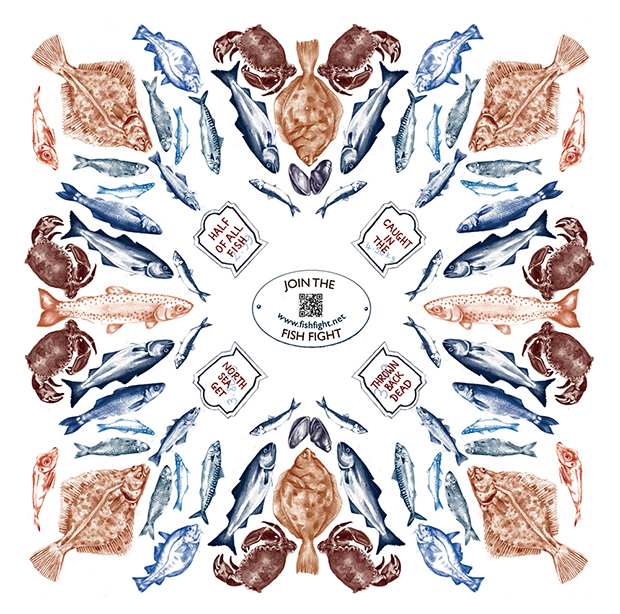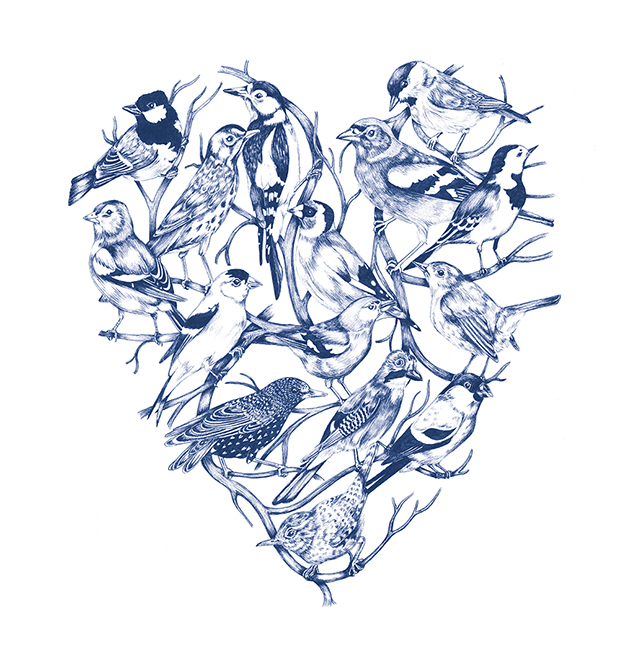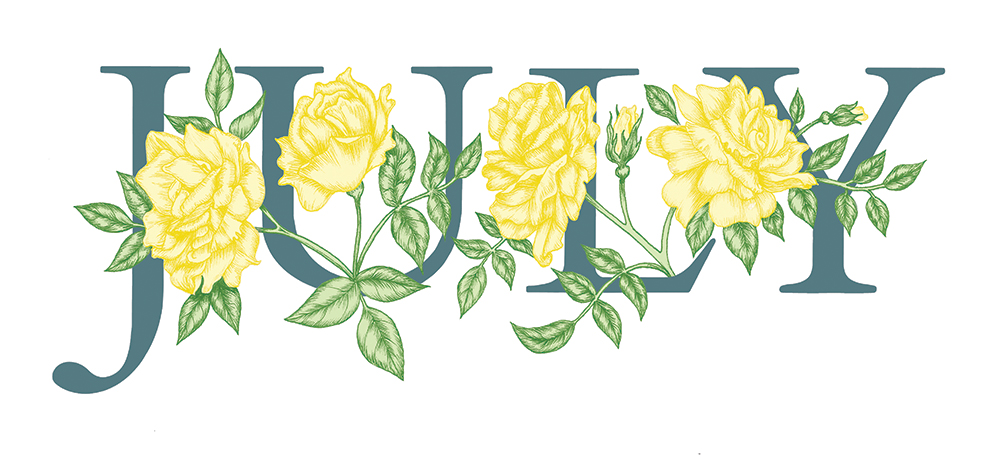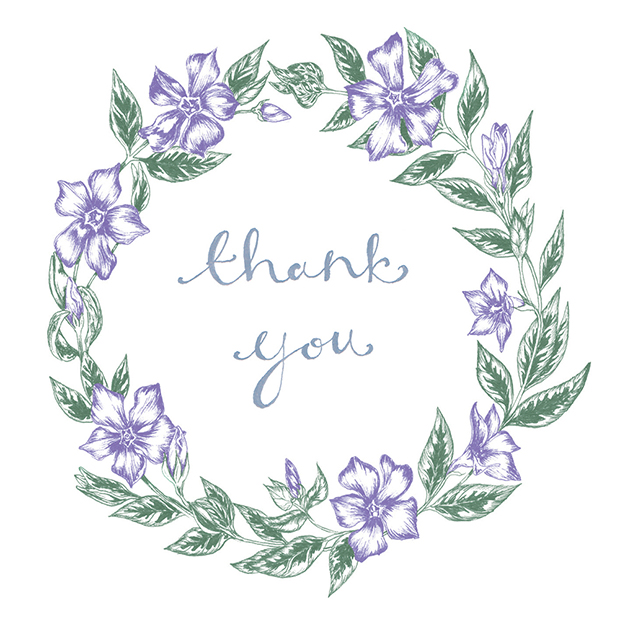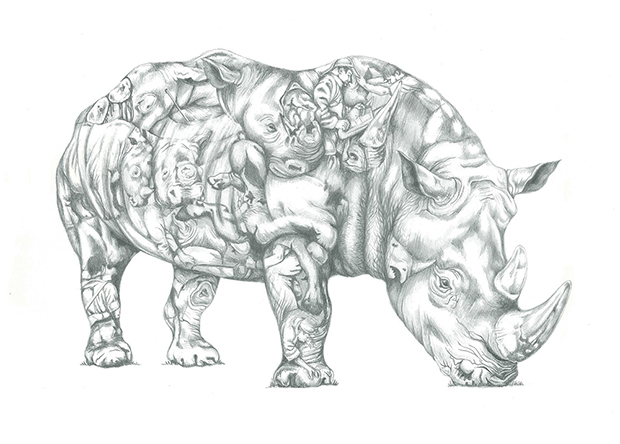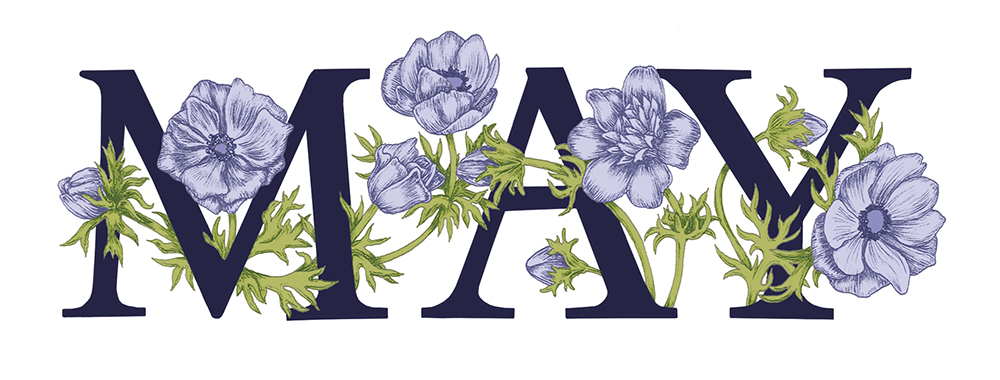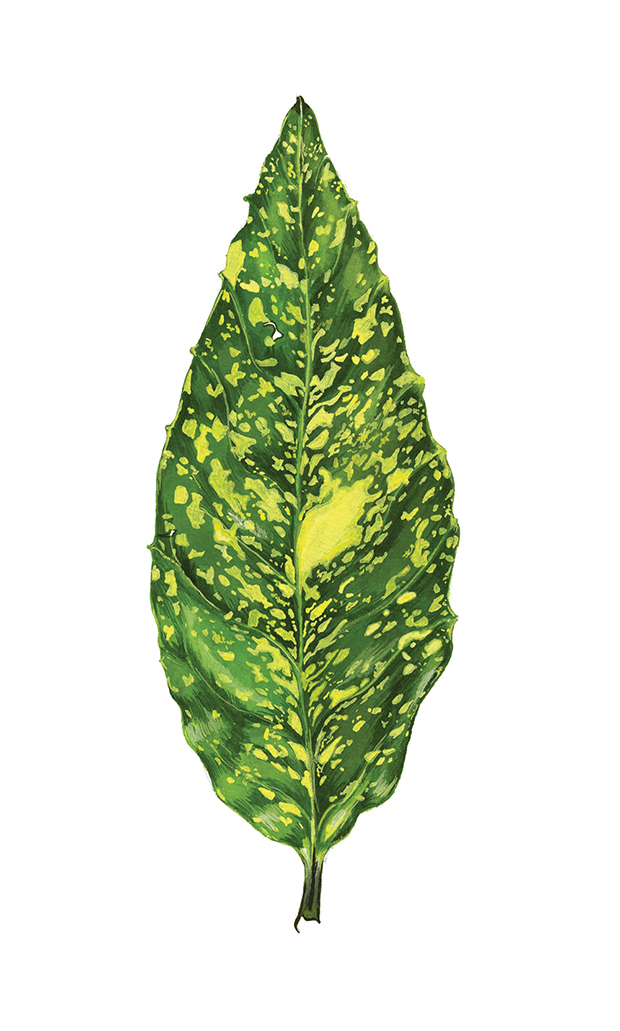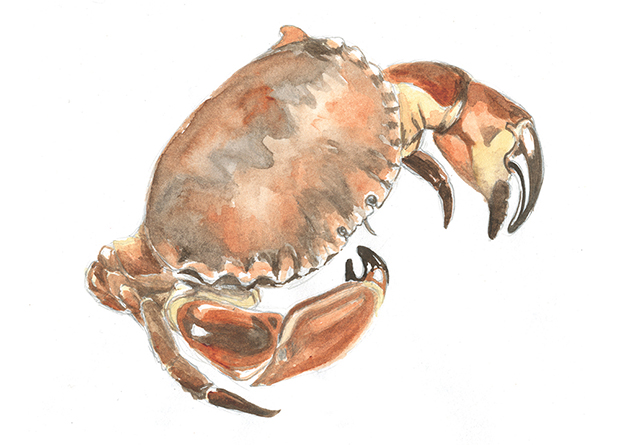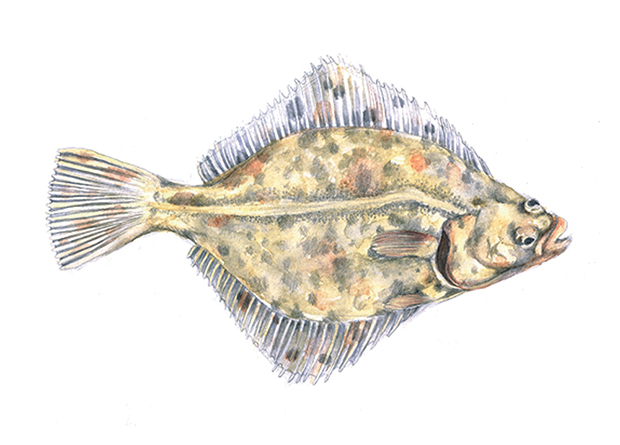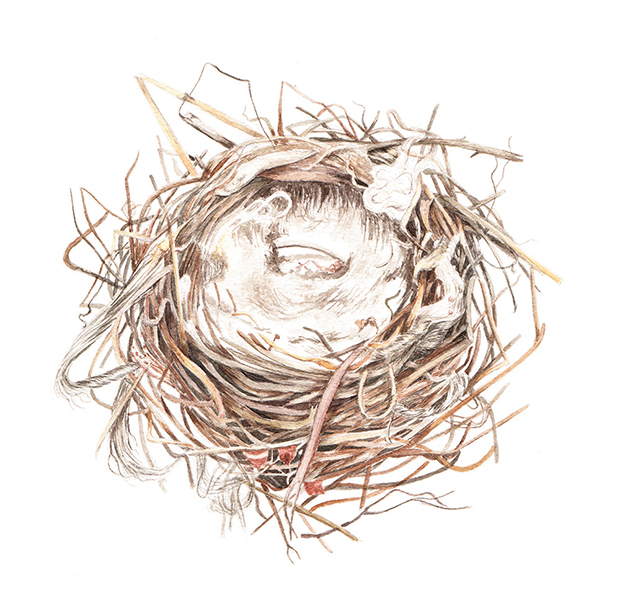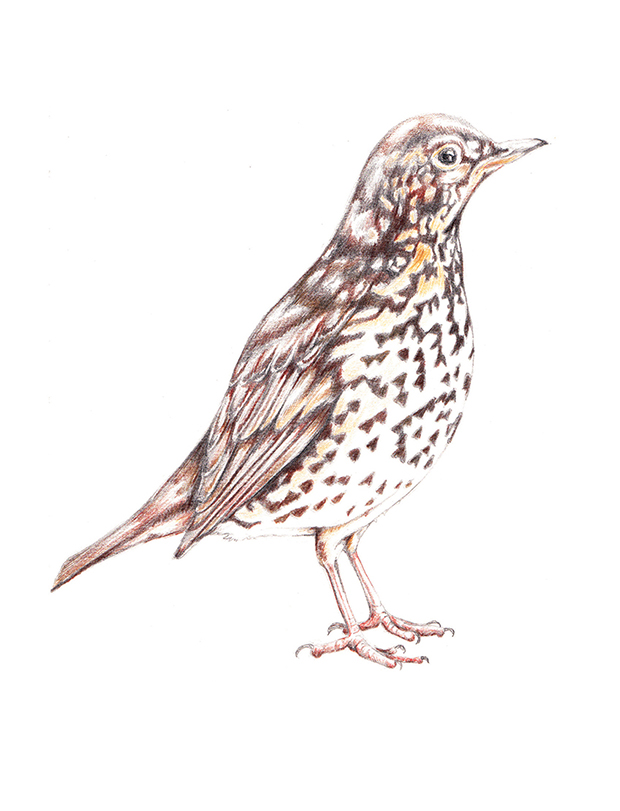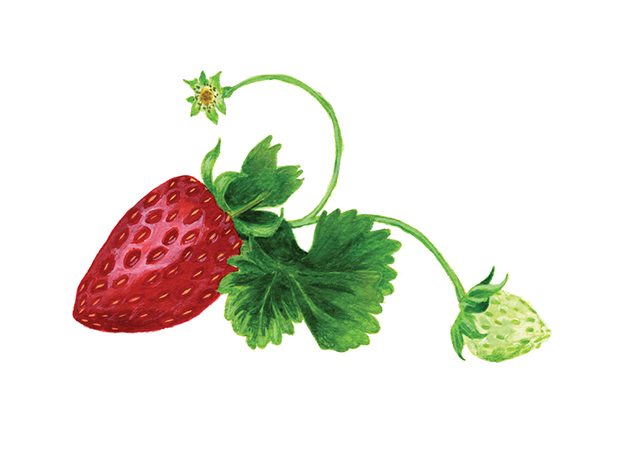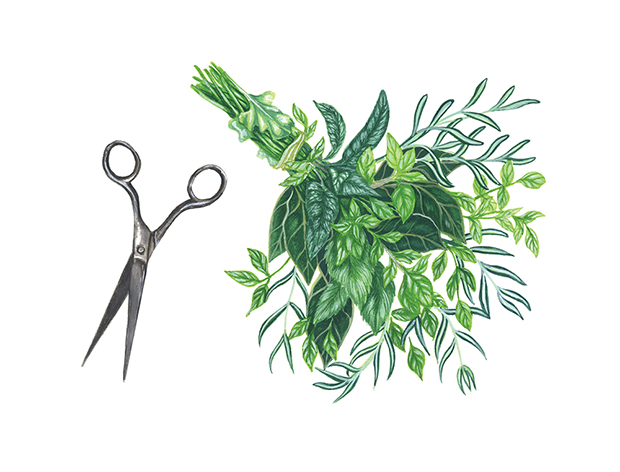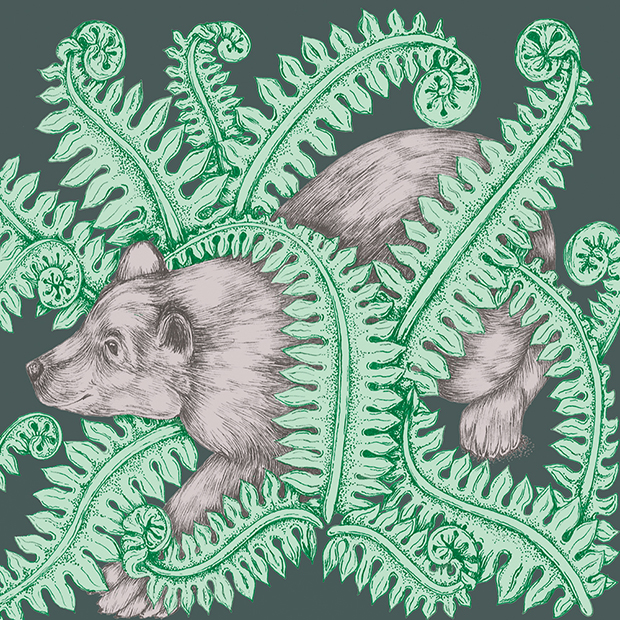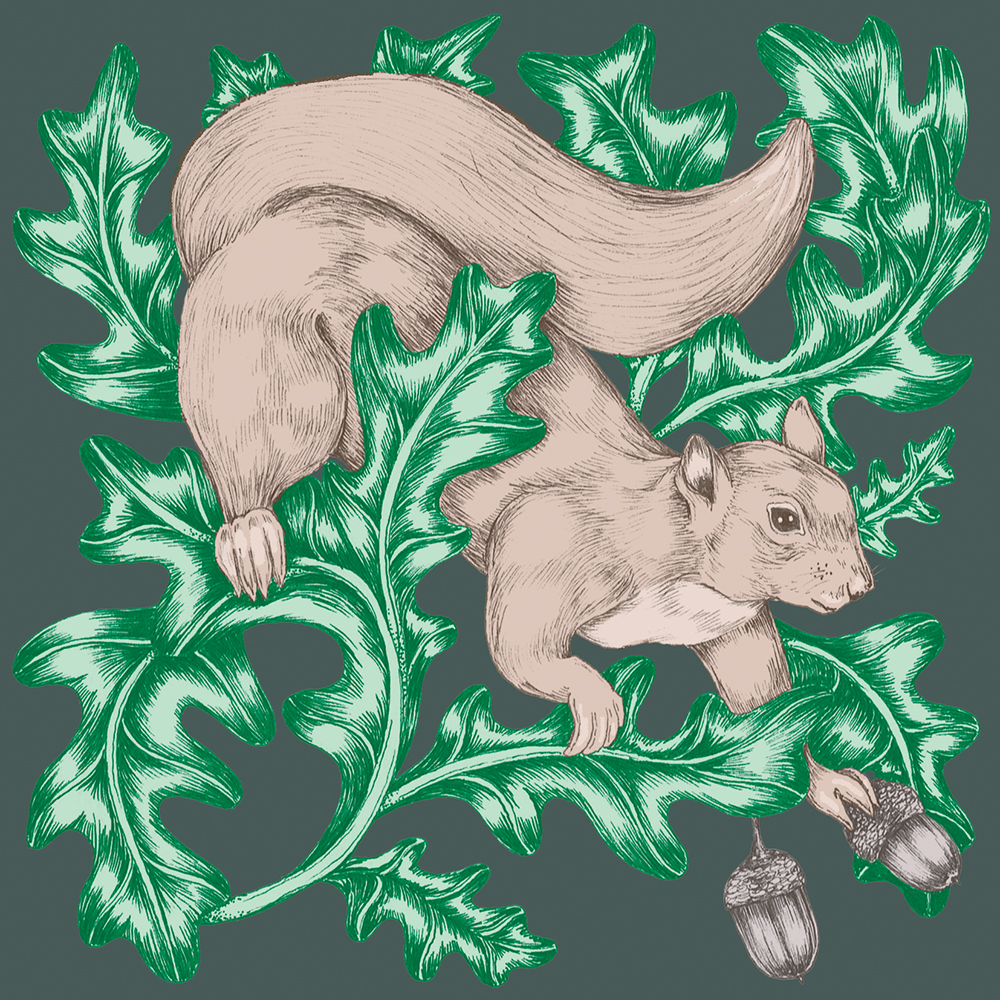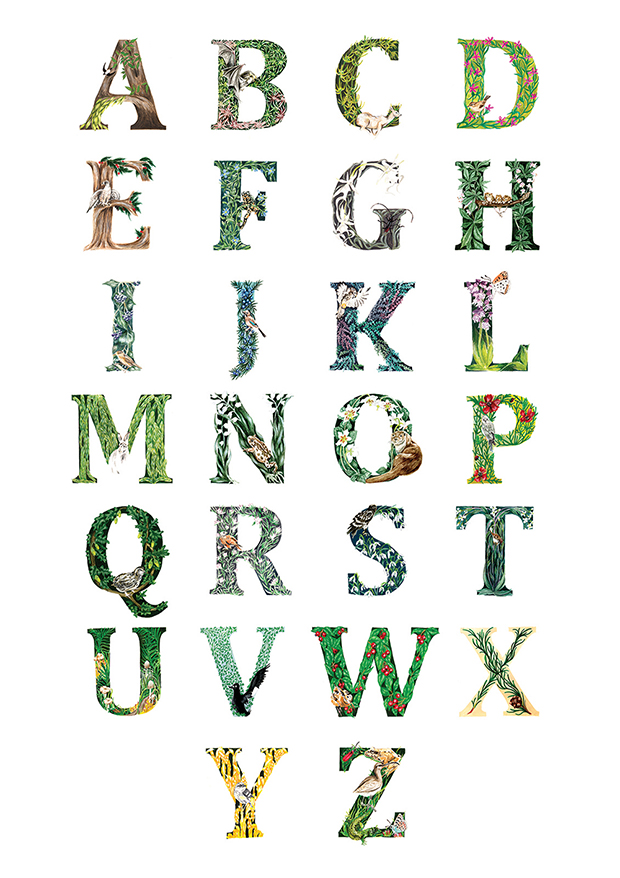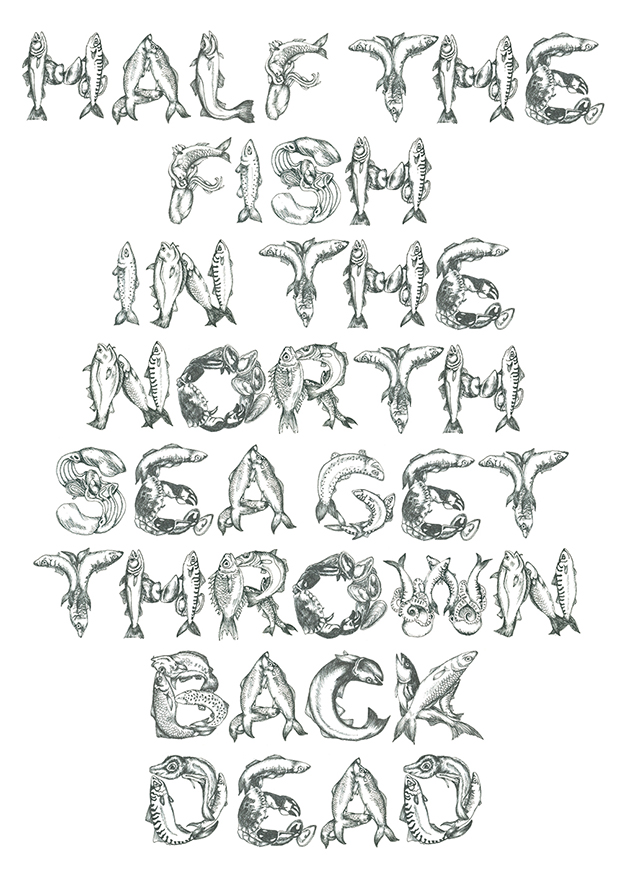ILLUSTRATION PORTFOLIO
Welcome to my Illustration Portfolio, where I showcase my passion for nature, wildlife, and conservation through carefully crafted, hand-drawn designs. In this space, you’ll discover how these themes come to life in my artwork, from intricate illustrations of animals to creative typographic designs that weave environmental messages into the very structure of the letters themselves. Whether through pencils, paints, or digital tools, every piece in this collection reflects my deep commitment to preserving the natural world, combining my love for wildlife with my skill in creating bespoke illustrations.
My passion for nature and wildlife is at the heart of everything I do as an artist. Growing up surrounded by the beauty of the natural world, I developed a deep reverence for the intricate ecosystems that support life on our planet. Whether it’s the vibrant colours of a tropical rainforest, the delicate wings of a butterfly, or the powerful presence of a lion in the savannah, nature has always inspired me. This inspiration drives much of my work, as I seek to capture the essence of wildlife and ecosystems in a way that not only celebrates their beauty but also raises awareness of the need to protect them.
Conservation is a critical theme within my portfolio. Through my illustrations, I hope to spark conversations around the urgent need to protect endangered species and preserve fragile ecosystems. I focus on issues like habitat destruction, the threat of poaching, the environmental impact of climate change, and the unsustainable practices in fishing that lead to bycatch. By translating these serious environmental concerns into art, I aim to communicate important messages in a way that resonates with a wider audience. My work is not just about making beautiful images, but about using art as a tool for social change.
One of the distinctive features of my illustration portfolio is the integration of hand-drawn lettering. I have a particular love for typography and enjoy experimenting with different ways to combine it with illustrations of plants, animals, and nature. To me, lettering is not just a functional tool for communication; it can be an art form in itself. I often merge the shapes of letters with the natural world, intertwining them with elements such as branches, flowers, or even entire ecosystems, allowing the typography to become part of the story I’m telling.
In some of my pieces, I use hand-drawn lettering to form intricate shapes that express a theme or message. For example, I might create a series of letters that are composed of dead fish, highlighting the devastating effects of unsustainable fishing practices and bycatch – the unintended capture of marine animals in fishing nets, which often results in death for species that aren’t meant to be caught. The letters themselves become the focal point, but the subtle and poignant use of fish within the letters adds an additional layer of meaning, reinforcing the environmental message. This fusion of illustration and typography allows me to create something visually engaging while also encouraging deeper reflection on the subject at hand.
In other works, I illustrate letters that are interwoven with plants and flowers, representing the delicate balance of our ecosystems and the importance of preserving biodiversity. For instance, I might design the word “growth” with the letters shaped from vines, leaves, and flowers, symbolising the interconnectedness of all life. Similarly, I have created lettering that is made up of trees, their branches twisting and turning to form each letter. These designs are intended to evoke the resilience and strength of nature, as well as the importance of trees and forests in maintaining the health of our planet.
Incorporating hand-drawn lettering into my artwork allows me to tell stories visually, where the medium itself becomes a vehicle for meaning. It’s not just about the message – it’s about how the message is delivered. Whether I’m using lettering as a frame for illustrations or as the core subject of the artwork, the goal is to create pieces that capture the viewer’s attention and provoke thought.
Every piece in my illustration portfolio is created from scratch, beginning with a rough drawing and gradually evolving into a detailed, polished work of art. I take great care in ensuring that every piece is unique and tailored to the concept I’m working on. The creative process is an important part of what makes each project special, as I work through multiple stages to bring my ideas to life.
1. Rough Drawing and Concept Development:
The first step in my process is to sketch out a rough idea of the illustration. This is where I explore the initial concept, playing with shapes, compositions, and the overall structure of the design. Whether I’m illustrating a particular animal, a complex natural scene, or an intricate typographic composition, this is where I decide how the design will evolve. I often use pencil to sketch at this stage, keeping things loose and fluid to allow for experimentation.
During this phase, I also consider the meaning and message I want to convey. If I’m working on an environmental theme, I’ll think about how best to visually represent that concept, whether it’s through imagery like animals, plants, or typography. The sketch phase is where I work out the details and layout, refining the composition before moving to the next stage.
2. Detailed Line Work and Illustration:
Once I’m happy with the rough drawing, I begin to add more detail and precision. Using pencils and pens, I carefully refine the lines to create a more refined outline before colouring begins. This stage is where the true character of the illustration begins to emerge. If I’m incorporating typography into the design, I’ll start working on the letters, ensuring that they fit seamlessly into the illustration. Each letter is carefully crafted, whether it’s formed from organic elements like plants and animals or created with more structured, geometric shapes.
For typographic illustrations that involve intricate details, such as letters made from dead fish or interwoven with tree branches, this is when I pay close attention to how the elements interact and intertwine. It’s a delicate balance between making sure the letters remain readable while also ensuring that the natural motifs are beautifully integrated.
3. Colouring and Painting:
After the detailed line work is complete, I move on to adding colour. Depending on the nature of the piece, I may use traditional paints like watercolours, acrylics, or gouache to bring the illustration to life. These materials allow me to create rich, organic textures that suit the natural themes I work with. I often layer colours to build depth and dimension, especially in areas where there are complex natural elements like foliage, water, or animal fur.
For projects where I want to experiment with different colour schemes or effects, I might also use digital tools. I have found that working digitally, especially with tools like Photoshop and Procreate, allows me to refine the colours, and experiment with different effects. The flexibility of Procreate enables me to test different colour palettes quickly and make adjustments as needed.
4. Digital Tools: iPad, Procreate and Photoshop:
While I love traditional methods like pencil and paint, I also embrace the digital aspect of illustration, especially when working with an iPad. Using various brushes on my iPad allows me to experiment with different textures, and it’s a tool I find incredibly useful for working on client projects. I use Procreate, a popular illustration app, to experiment with brush types, layering techniques, and different textures. The ability to quickly adjust and refine elements digitally is invaluable, especially when working on complex designs that incorporate a mix of illustration and typography.
Photoshop is another key tool in my workflow, particularly for editing and finalising digital versions of my designs. It’s where I can clean up the details, enhance the colours, and make sure everything is perfectly aligned. Whether I’m working with a hand-drawn sketch or a fully digital piece, Photoshop helps me bring everything together in a polished, cohesive way.
Through my illustration portfolio, I aim to create works that not only showcase my love for nature and wildlife but also encourage a deeper conversation about conservation and environmental protection. Every piece is carefully crafted from scratch, whether it’s hand-drawn or created digitally, to ensure that the message is communicated in a way that resonates with people. The combination of detailed animal illustrations, intricate hand-drawn lettering, and natural elements forms the core of my artistic expression.
I hope that my work inspires others to take notice of the beauty of our planet, to think critically about the ways we interact with nature, and to take action in protecting the ecosystems that sustain life. Thank you for visiting my illustration portfolio – I invite you to explore these pieces and, if you feel inspired, to get in touch about custom commissions or collaborations.


